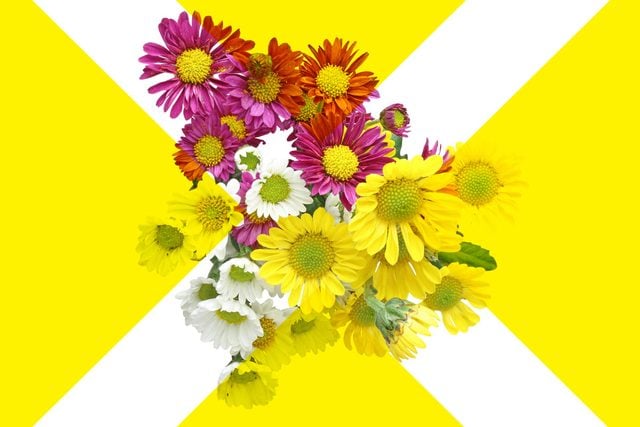
Toxic flowers
The prettiest parts of your garden could be the most dangerous to your dog. Many common types of flowers, like autumn crocus and foxglove, are toxic to animals, leading to vomiting, diarrhea, seizures, or even death. Azaleas can even cause blindness. Browse through the ASPCA’s full list of plants that are toxic to dogs to see if your garden poses a threat.
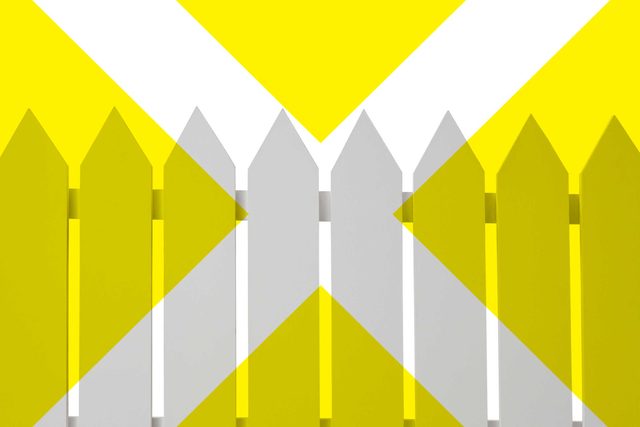
Your fence
Yes, even the thing installed specifically to keep your dog safe can lead to injuries. If your pooch tries to squeeze through gaps or dig under the fence, it could not only escape, but also get splinters and cuts in the process. Line the bottom of the fence with chicken wire or mesh fencing at least six inches deep to prevent any getaways. Here are 50 other secrets your pet wishes he could tell you.
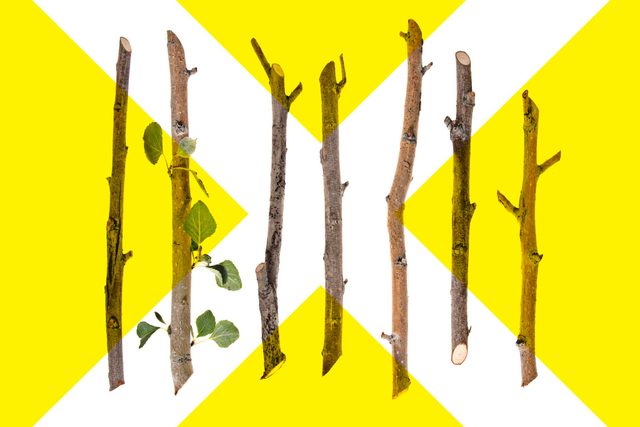
Sticks
Fetching a stick is all fun and games—until your dog swallows parts of the wood. Splinters can get stuck in its mouth and esophagus, and larger fragments could cut the stomach lining and intestines or cause constipation. Keep your yard free of stray logs and sticks and play fetch with a toy bone instead. Dogs that try to make wood part of their diets are potentially more at risk for these injuries. Does your dog eat lots of things that aren’t food? Ask your vet if a behavioral disorder called pica is the reason. Here are other pet health tips veterinarians want you to follow.
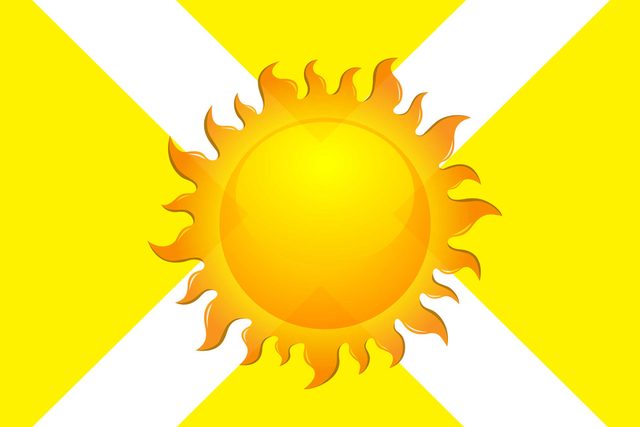
The sun
Too much fun in the sun could mean problems for your pooch, especially in high humidity. Heat stroke and heat exhaustion can lead to organ dysfunction and even death. Symptoms include restlessness, excessive panting, weakness, and confusion. Once a dog starts exhibiting these signs, it can only take 20 minutes for the situation to turn deadly. Make sure your yard has shady places for your pet to rest and give it access to plenty of water.
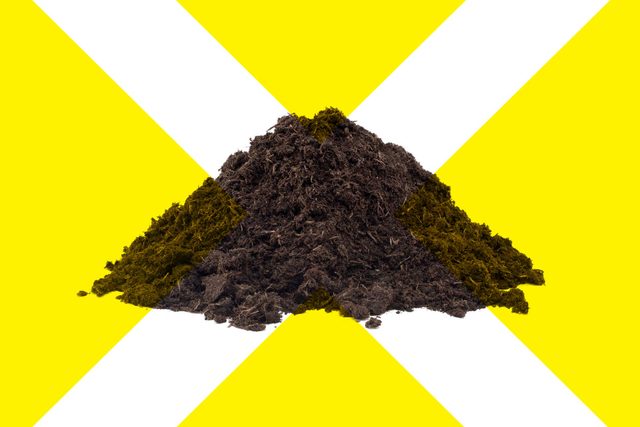
Cocoa mulch
Chocolate is a lethal food for dogs, and some types of cocoa mulch contain the same ingredients—theobromine and caffeine—that make it dangerous. Few dogs have died from eating cocoa mulch, but ingesting it can mean vomiting, increased heart rate, tremors, and seizures. Some manufacturers make cocoa mulch that is theobromine-free, but an alternative choice may be your best bet. These are surprising foods that can kill your dog.
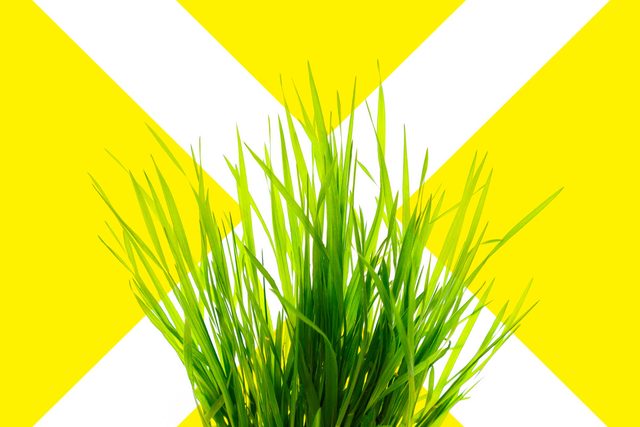
A flawless green lawn
A study published in Science of the Total Environment found that lawn chemicals are commonly found in the urine of pet dogs, even if the dogs’ yards weren’t treated with herbicides. Exposure to these chemicals can significantly increase your pet’s risk of bladder cancer. What’s worse, they linger on the grass for at least 48 hours, even longer if the grass is dry. Limit the time your dog spends outside after treating your lawn or take him for a walk instead. Ingesting chemicals like herbicides and fertilizer means even more medical problems for animals. Antifreeze can cause drunkenness, halitosis, acute kidney failure, or death. Store these products out of your dog’s reach. These tips on how to keep dogs out of your yard can be useful.
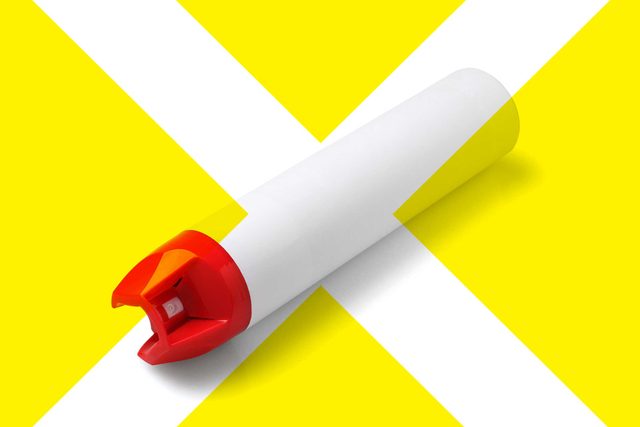
Pesticides
Rodents, insects, snails, slugs—all animals you want out of your yard. But the poison that does the job can also make dogs sick with diarrhea, depression, muscle tremors, and respiratory failure. Keep these chemicals away from snooping snouts, along with the fertilizer and herbicide. Generally, any “-icide” means bad news. Here are ways to get rid of pests naturally.
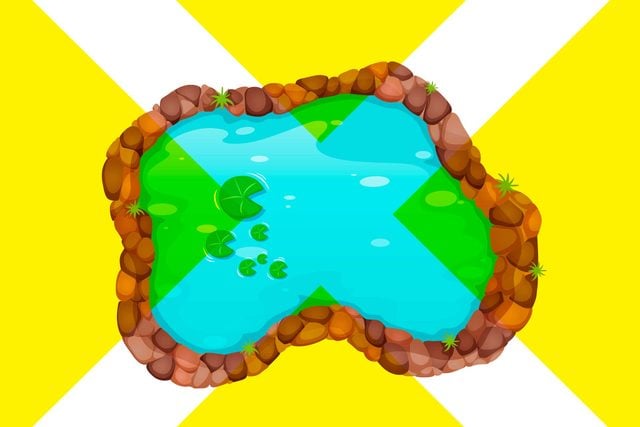
Lakes and ponds
If you live near a lake, pond, or stream with warm fresh or salt water, you may be exposed to blue-green algae. These bacteria are often referred to as “pond scum” because they form floating mats on the water’s surface. Unlike true algae, blue-green algae discolor water and release harmful toxins. A quick drink from your dog could mean vomiting, diarrhea, or lethargy and lead to more serious medical troubles over time. Unfortunately, blue-green algae can’t be taken care of with chemical treatment. Even if the blooms die, they can still release their toxins into the water.
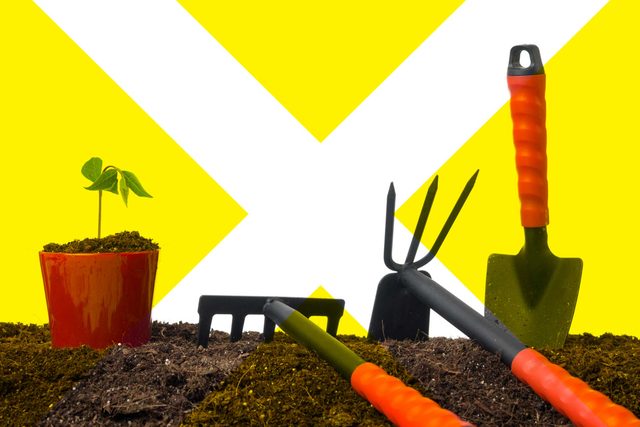
Your garden
Are onions, tomatoes, chives, or garlic growing in your garden? These tasty human foods are toxic to dogs and can cause gastrointestinal irritation and red blood cell damage. Fence off your garden, or grow these veggies separately where you can keep an eye on them, like in pots on your deck. Here are some more foods you should never feed your pet.
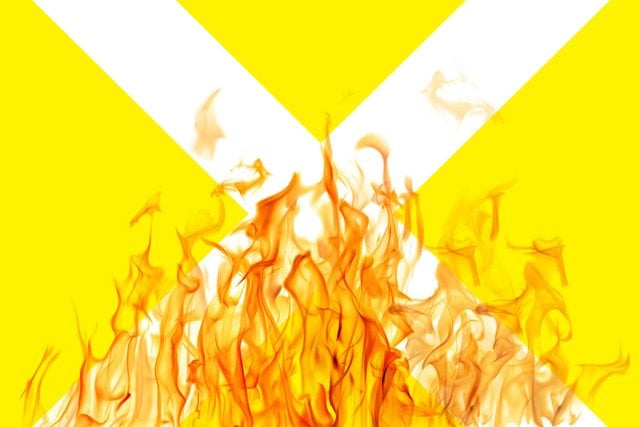
Fires
Burning trash is a quick way to dispose of waste, but it also releases chemicals that can harm you and your pet, leading to asthma and mouth burns, among other injuries. Even once the fire’s out, the ash contaminates the grass your dog walks through. Find out how to tell if your “healthy” pooch is showing dog illness symptoms.